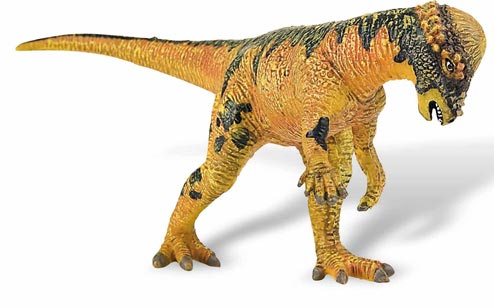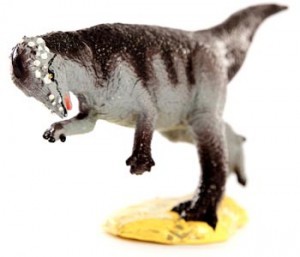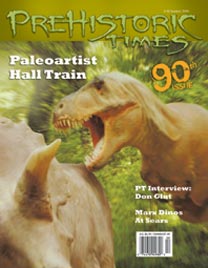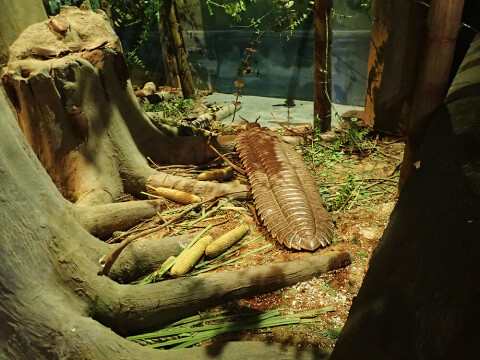Last of the Dinosaurs – Formerly Named and Described
Last of the Dinosaurs – A duck-billed dinosaur at the very end of the Cretaceous
Scientists have published a description and formal paper on one of the last types of dinosaur known to have existed, a large, duck-billed dinosaur that lived a few tens of thousands of years before the end of the Cretaceous. In a new study, conducted by a team of Spanish scientists, and accepted for publication in the research journal Comptes Rendus Palevol, this new hadrosaur is described and may represent a link between Late Cretaceous Asian duck-billed dinosaurs and those from Europe.
Arenysaurus ardevoli
The new hadrosaur named Arenysaurus ardevoli (the name means “sand dinosaur of Aren”), has been ascribed to a basal lambeosaurine group, distantly related to the better known crested duck-billed dinosaurs such as Corythosaurus and Lambeosaurus. From the fossils, including some excellent skull material, Arenysaurus may belong to the same family as Family as Amurosaurus, the remains of this particular hadrosaur are associated with eastern Asia, so some sort of palaeogeographical link may exist between Asia and Europe, perhaps indicating a biogeographical connection between Europe and Asia during the very late Maastrichtian.
At the Very End of the Age of Dinosaurs
Co-author of this paper Jose Ignacio Canudo, a palaeontologist with the University of Zaragoza, stated that this particular dinosaur may have lived just a few thousand years before the end of the Mesozoic, the end of the Age of Reptiles.
“Arenysaurus was certainly one of the dinosaurs that might have seen the fall of the K/T asteroid and suffered the consequences;” he commented.
The remains of this dinosaur skull material, vertebrae and limb bones were excavated from hard sandstone sediments near the small village of Aren in Huesca, in the Pyrenees, Spain. During the Late Cretaceous this area was a coastal plain, with marshes and several islands and islets out to sea. The humerus (arm bone between shoulder and elbow), has a forward pointing crest, a site for muscle attachment indicating that this particular hadrosaur and very strong arms and shoulders. The muscle attachments are similar to those seen in modern birds for powered flight, but the scientists are confident that this particular dinosaur, which may have grown up to six metres long, did not take to the air. Instead the researchers have speculated that this animal was semi-aquatic, swimming in the tidal waters between islands in search of food. A biomechanical study is currently being undertaken to assess the locomotive or swimming habits of this particular dinosaur. The strong arms could have assisted this dinosaur as it waded through mud, feeding in the marshes that surrounded the coast.
Magnetostratigraphy
The remains of this dinosaur have been dated using a process called magnetostratigraphy, this looks at changes in the polarity of geomagnetic fields preserved in sediments. The sequence once measured against already dated rock samples, establish Arenysaurus as one of the last known dinosaurs.
An earlier study by French scientists indicated that during the Late Cretaceous the dinosaurs were still flourishing in southern Europe and shared their environment with giant, flightless birds and an increasing number of mammal genera.
Dinosaur
Everything Dinosaur stocks a wide range of Late Cretaceous prehistoric animal models and figures such as the: Beasts of the Mesozoic range of articulated dinosaur figures.








